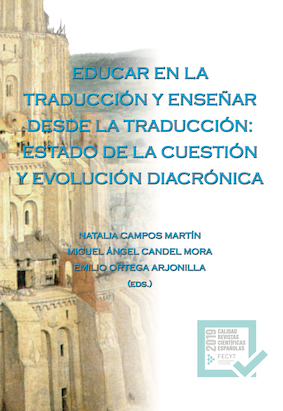Le Corbusier (1887-1965): A model of the 20th century still present in the classrooms of the 21st century
DOI:
https://doi.org/10.7203/qf.24.16318Keywords:
specialised translation, architecture, Le Corbusier, terminology, transfer of knowledge Abstract
Abstract
This paper presents the phenomenon of dissemination and transfer of artistic, architectural and technical knowledge at international level through the collection of works by Le Corbusier (1887-1965) thanks to the essential work of translators. His work originally written in French was translated into Spanish, German, English, Italian and Brazilian Portuguese due to the interest raised. Even now, Le Corbusier’s work is used in the classrooms of today’s Schools of Architecture and Urban Planning around the world. The aim of this paper is to analyse the terminology used in this technical field and the impact of Le Corbusier’s written work on the theoretical field of architecture of modern societies. To do so, we will take French as the source language and Spanish as the target language.
 Downloads
Downloads
Downloads
Published
How to Cite
-
Abstract609
-
PDF (Español)546
Issue
Section
License
 Este obra está bajo una licencia de Creative Commons Reconocimiento-NoComercial-SinObraDerivada 4.0 Internacional.
Este obra está bajo una licencia de Creative Commons Reconocimiento-NoComercial-SinObraDerivada 4.0 Internacional.
Authors who publish with this journal agree to the following terms:
- Authors retain copyright and grant the journal right of first publication with the work simultaneously licensed under a Creative Commons Attribution License that allows others to share the work with an acknowledgement of the work's authorship and initial publication in this journal.
- Authors are able to enter into separate, additional contractual arrangements for the non-exclusive distribution of the journal's published version of the work (e.g., post it to an institutional repository or publish it in a book), with an acknowledgement of its initial publication in this journal.
- Authors are permitted and encouraged to post their work online (e.g., in institutional repositories or on their website) prior to and during the submission process, as it can lead to productive exchanges, as well as earlier and greater citation of published work (See The Effect of Open Access).



